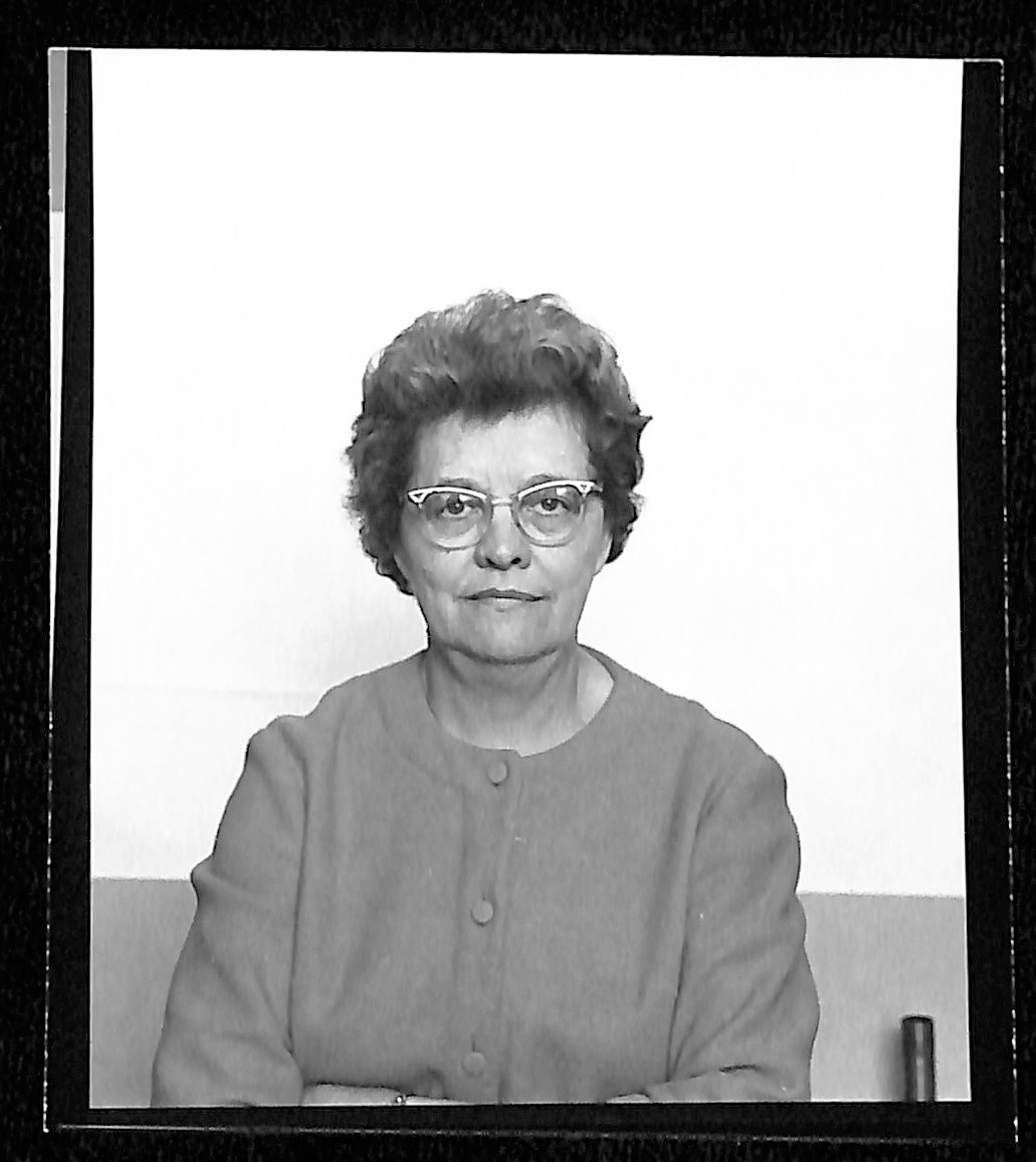Written by Liz McCue

Julena Steinheider Duncombe ’32 began her career in education — in one-room schoolhouses in western Nebraska and in the barracks of Heart Mountain Relocation Center in Wyoming. While her work shifted from students to stars, she never lost her passion for encouraging women and others underrepresented in the fields of science and mathematics to pursue studies and careers within those fields.
Duncombe was born in 1911 in Dorchester and grew up in Goehner. She studied mathematics and astronomy at what was then Doane College, taught by Dr. Julia May Hawkes, one of the first women to receive a doctorate in astronomy.
Duncombe also broke barriers in her career as the first woman to use the six-inch transit (a large telescope mounted on a north-south meridian) at the U.S. Naval Observatory (USNO).
She observed stars, created punch cards used in early computing machines to tabulate orbits, predicted and mapped solar and lunar eclipses, and helped build a catalog of data — approximately 1.5 million punch cards according to her obituary published by the American Astronomical Society (AAS). She was widely recognized for her contributions to astronomy and mathematics, with the AAS naming a National Science Foundation- funded grant program to support outreach and education programs for the 2017 solar eclipse in her honor.
Her love for education can still be seen at Doane, as well, in a fund created in her name to provide scholarships to students pursuing programs in science and mathematics. Her husband of 55 years, Dr. Raynor Duncombe, established the endowment with a gift of $50,000 shortly after her death in 2003. Endowed funds are invested, ensuring the fund can support students and continue Julena’s legacy across 21 years and into the future.
About endowments
Endowments serve as an educational institution's financial backbone. For Doane, the endowment is not just a fund but a testament to the generosity, vision, and commitment of our community. The endowment’s principal remains intact, while the investment earnings provide an annual revenue stream with a 5% yearly spend. This support includes:
• Scholarships, particularly endowed scholarships
• Faculty excellence, especially endowed professorships and chairs that attract and retain top-tier talent
• Continued campus development, like science labs and residence hall
• Sustainability, especially through uncertain economic times
Industry experts recommend an endowment provide one-third of an institution's operating budget. Doane’s $112 million endowment represents 13% of its operating budget. Growing our endowment is imperative. Donors can help in many ways, including adding to current endowment funds or starting new funds.

